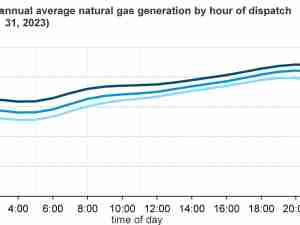It’s been an uplifting week for oil prices and after a multi-day run, the dust from good vaccine news started to settle yesterday.
Prices continued to decline today as, unexpectedly, initial industry data that projected sizable US crude stock draws proved wrong.
Clearly the pin that popped the balloon yesterday was the surprising build in US crude inventories which surpassed even the most bearish forecasts.
The EIA said yesterday that crude inventories actually rose by over 4 million bpd and the news sent traders scrambling to correct their calculations and readjust the boosted oil prices.
It is not frequent that we have such big and conflicting variations between API projections and EIA official data, but when it happens prices are in for a bumpy ride.
Crude stocks aside, typically rallies run out of steam on a Friday as traders take profits and square their books ahead of the weekend.
As we commented on Tuesday, the injection of a vaccine boost into oil price expectations would run out of steam soon and what was to be priced in is now already in the price.
it’s no surprise that the market is trimming the price gains today as realities for crude supply and demand are grim, while daily new Covid-19 cases in the US are setting new records for the third-straight day.
The new infections offer limited the room for maneuver for governments hoping to reopen their economies sooner rather than later.
Throw in that the IEA, the OECD energy watchdog, expectedly revised down its oil demand forecast by 1.2 million bpd for the 4Q20, the bearish backdrop for markets as we go into the weekend was made complete.
Our crude and liquids balances suggest oil prices need to go lower before they go higher, but forward-guiding statements from OPEC+ on Tuesday may lend the bulls a helping hand to avoid deeper price corrections before we get to “crunch time” on 1 December 2020.
For now, expect bearish pressures to dominate until OPEC+ officially lays its supply cards on the table, which could very well pave the way for a recovery in December as all smoke signals point to a 3-6 month extension of the current cuts.








